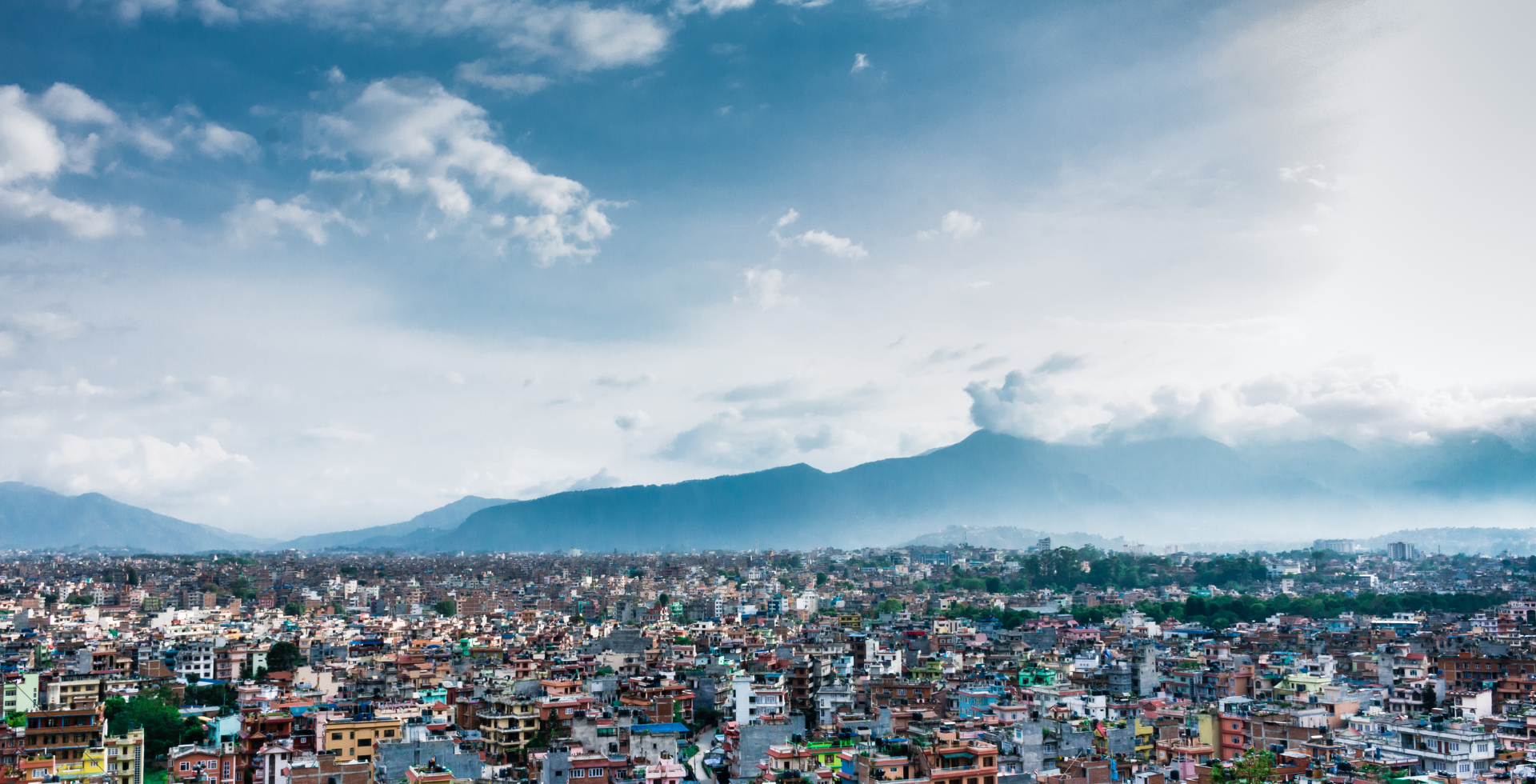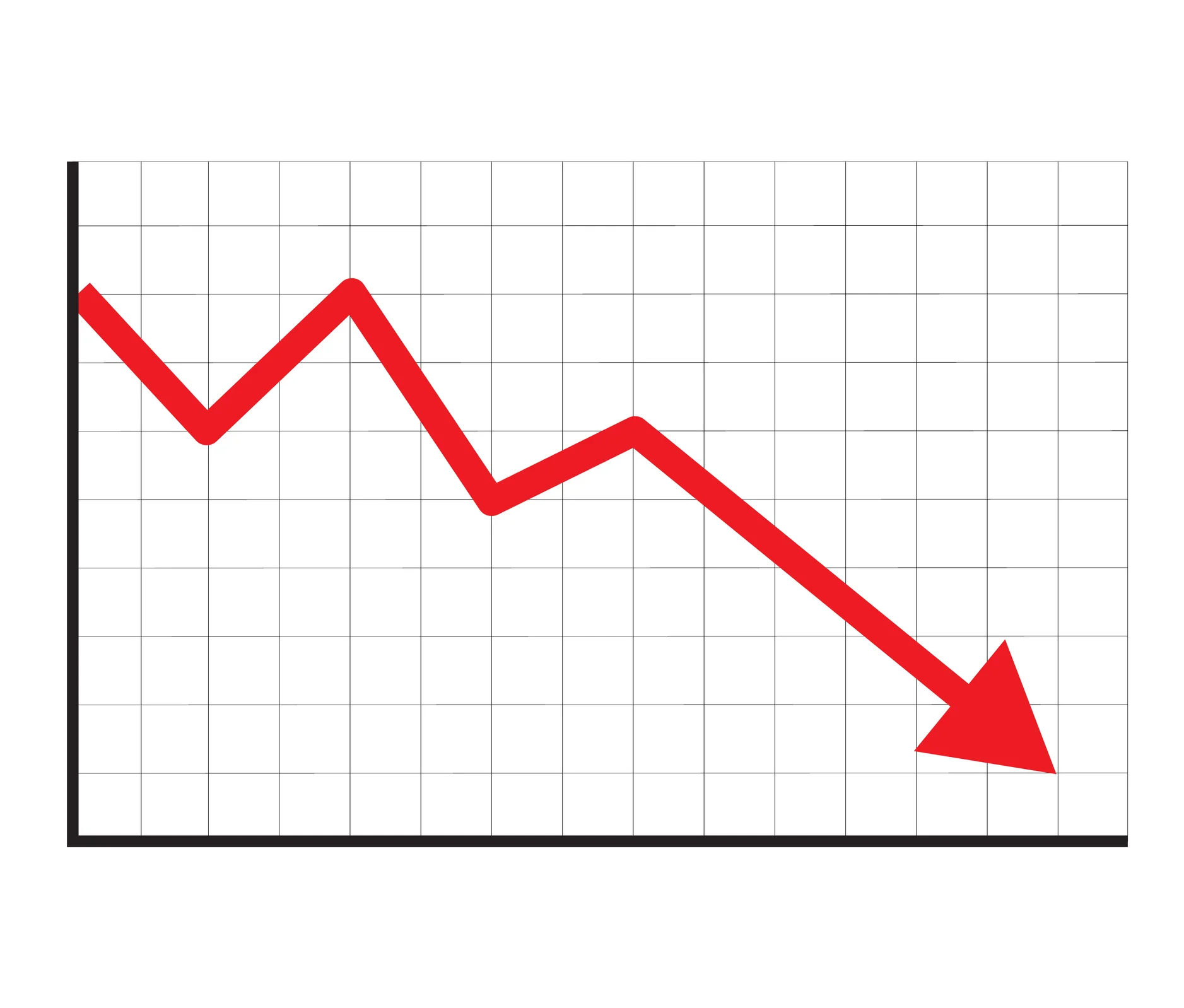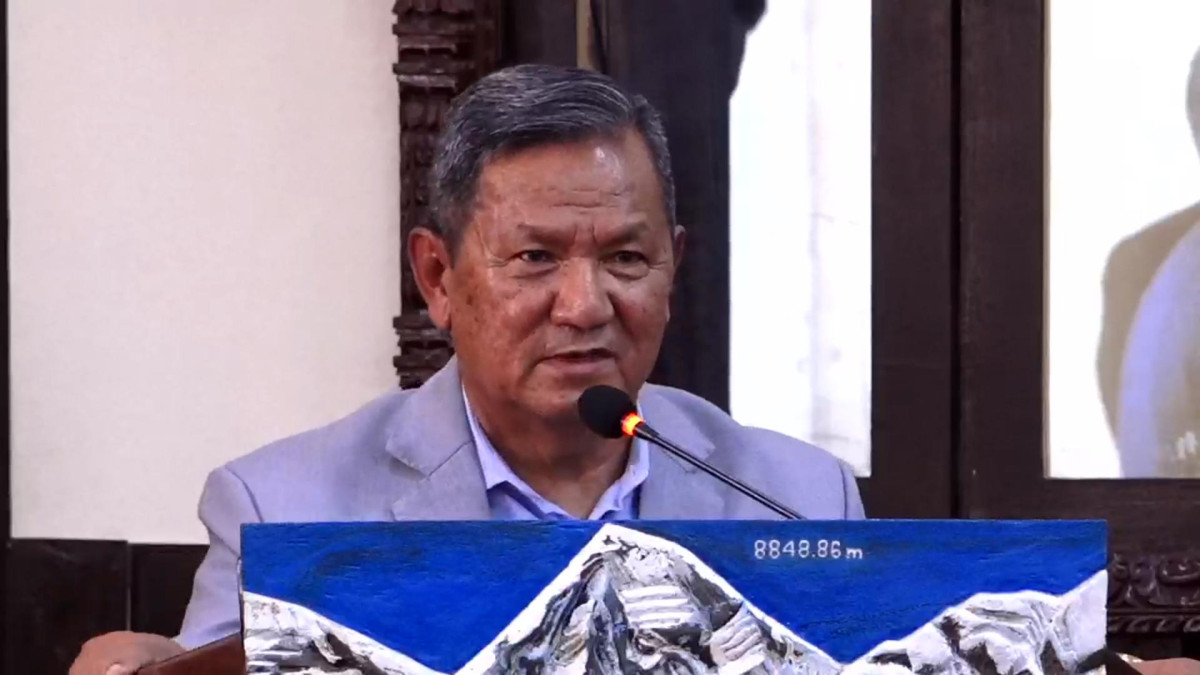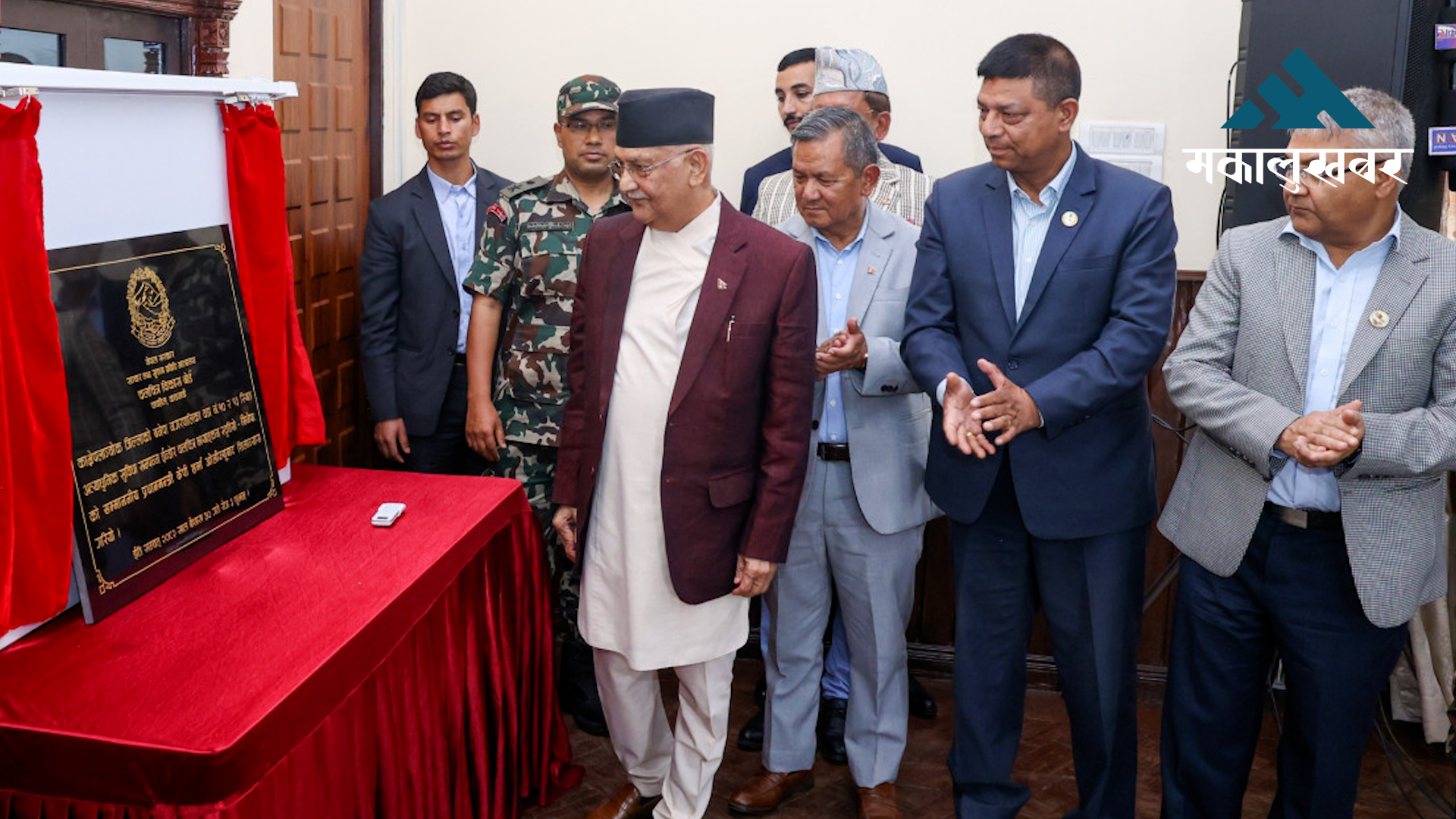Nepal’s air quality improving
Major contributors to air pollution include carbon emissions from motor vehicles, dust particles released during road repair and construction and other construction works, emissions from industries and brick kilns, poor waste management practices, and forest fires.

KATHMANDU: Until a few years ago, winter days in major cities across Nepal, including the Kathmandu Valley, were characterized by hazardous air quality, posing significant health risks to the public.
On Jan 4, 2021, the Department of Environment issued an alert to the public regarding the perilous air quality in Kathmandu Valley and other major towns, urging them to take preventive measures when outdoors.
Now, here is good news for us: air quality has relatively enhanced in recent years. According to Deepak Gyawali, the Department’s information officer, although air pollution significantly increased in 2021, it has been gradually decreasing since then.
Major contributors to air pollution include carbon emissions from motor vehicles, dust particles released during road repair and construction and other construction works, emissions from industries and brick kilns, poor waste management practices, and forest fires.
Similarly, using firewood as a cooking fuel in rural areas contributes significantly to indoor air pollution. Moreover, increasing development activities in India and the burning of agricultural residues near the border towns and settlements exacerbate air pollution issues in Nepal.
According to Gyawali, the occurrence of rains and wind during peak pollution seasons, as well as the dry season, significantly contributes to mitigating air pollution.
Furthermore, the decrease in infrastructure development activities following an economic slowdown is speculated to have contributed to the improvement in air quality, although this hypothesis requires further study for confirmation.
Similarly, the use of electric vehicles and electric cookstoves has increased. The brick factories, which are one of the sources of air pollution, have also installed new technology. On the other hand, only around 50 percent of these factories are operating due to the economic slump.
Shankar Bahadur Chand, President of Nepal Brick Factory Federation, said the market for brick has reduced by 80 percent at present.
“Only 40-50 percent of all the brick kilns are in operation these days, and that also not in their full capacity. Out of the 1,100 brick factories across the country, only about 500 are in operation at present,” he said. He further added that it is difficult to re-operate a brick factory once it is closed down.
Kathmandu’s air quality below standard
However, the air quality in some big cities, including in Kathmandu, is lower than the WHO standard.
The air quality from 0-50 in the Air Quality Index (AQI) is considered good for health. AQI 50-100 is considered average while AQI above this indicates unhealthy atmosphere.
The AQI in Kathmandu today (Thursday) is 160 on average. Therefore, experts have pointed out that a lot of work has to be done to improve the quality of air in Kathmandu Valley.
The possibility of air pollution resulting from wildfires is always there in Nepal. Dust particles and the smoke, carbon, chemicals and various gases emitted from factories and industries and incidences of fires are mixed in the air due to heightened pollution.
Toxic gases like sulfur dioxide, nitrogen oxide, carbon monoxide that are produced when burning fossil fuels damage human health as well as contribute to the global temperature rise.
The government has established Air Quality Monitoring Station at 27 different places in the country to measure the air quality.
Preparation was underway to set up air quality monitoring station at three more places in the current fiscal year. Air becomes most polluted between 7:00 am-8:00 am.
Programme Director of Environment and Public Health Organisation (ENPHO), Rajendra Shrestha, said opinions regarding improvement in air quality should be verified.
Accepting that sources of air pollution have decreased and people have become aware, he shared, “Air pollution might have decreased due to reduction in factories, increase in use of electric vehicles and stoves, decrease in development construction activities, operation of brick kilns and road upgrading.”
Three major reasons behind the death of the people in Nepal are disease related to heart, liver and brain hemorrhage. These three types of disease have also connection with air pollution. Cases of diseases mainly related with respiratory is found increased due to air pollution.
As per the World Health Organisation, around seven million people in the world die untimely every year due to air pollution. It is said that around 40,000 people lose their lives in Nepal every year from it.
Air pollution has been making negative impacts on overall environment not only on human beings. Therefore, partnership was necessary among all stakeholders to control air pollution.










